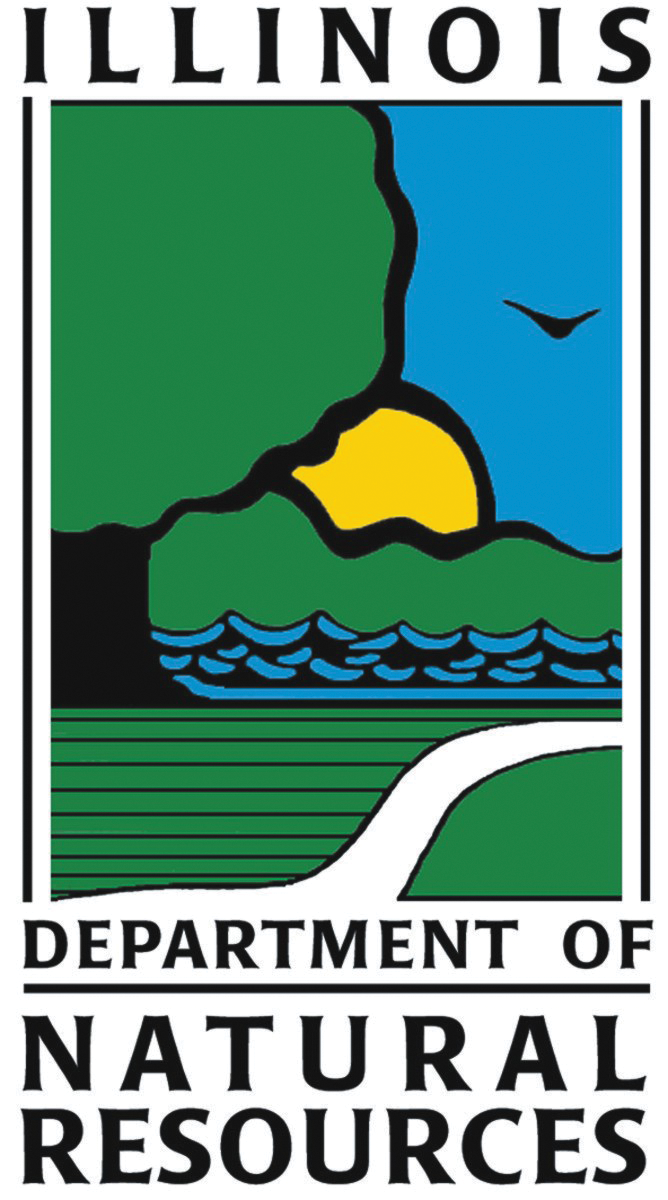
With more than 97 percent of Illinois under private ownership, it is critically important that the habitat that remains on these lands are well-managed and that new wildlife habitat be developed where possible. How homeowners and private landowners manage their land directly affects wildlife populations in Illinois. Your efforts can have a positive impact even if wildlife inhabit your land only seasonally or temporarily. Providing safe spaces for wildlife to find food, water, and shelter will encourage many species to visit your yard.
There are many ways to improve wildlife habitat on your property. Some of these include:
- Add native plants to your landscape.
- Monitor your property for invasive plants and remove them quickly and using effective techniques.
- Use prescribed fire where appropriate as an effective tool for encouraging native plants in fields and woodlands.
- Mow your property properly and discriminately.
- Limit use of pesticides.
- Protect streams and riparian zones from runoff and pollution.
- Add water features such as bird baths, fountains, or small ponds in areas with limited nearby water resources.
- Where possible, provide nest boxes and keep dead trees standing. Many wildlife species use dead trees as den or nest sites as well as for shelter and as food reservoirs.
- Leave fallen tree leaves in your yard in the fall to provide overwintering habitat for insects and other wildlife.
- Add brush piles (see Fact Sheets section below).
- Use fencing to protect newly planted trees or trees in construction areas.
Fact Sheets
Additional Resources
IDNR: Illinois Recreational Access Program
University of Illinois Extension: Illinois Master Naturalist Program
Forest Preserve District of DuPage County: Attracting Wildlife to Your Backyard
The National Wildlife Federation: Create Habitat
Audubon: 17 Tips for Making Your Backyard Wildlife Friendly on a Budget
USDA: NRCS: Backyard Conservation






